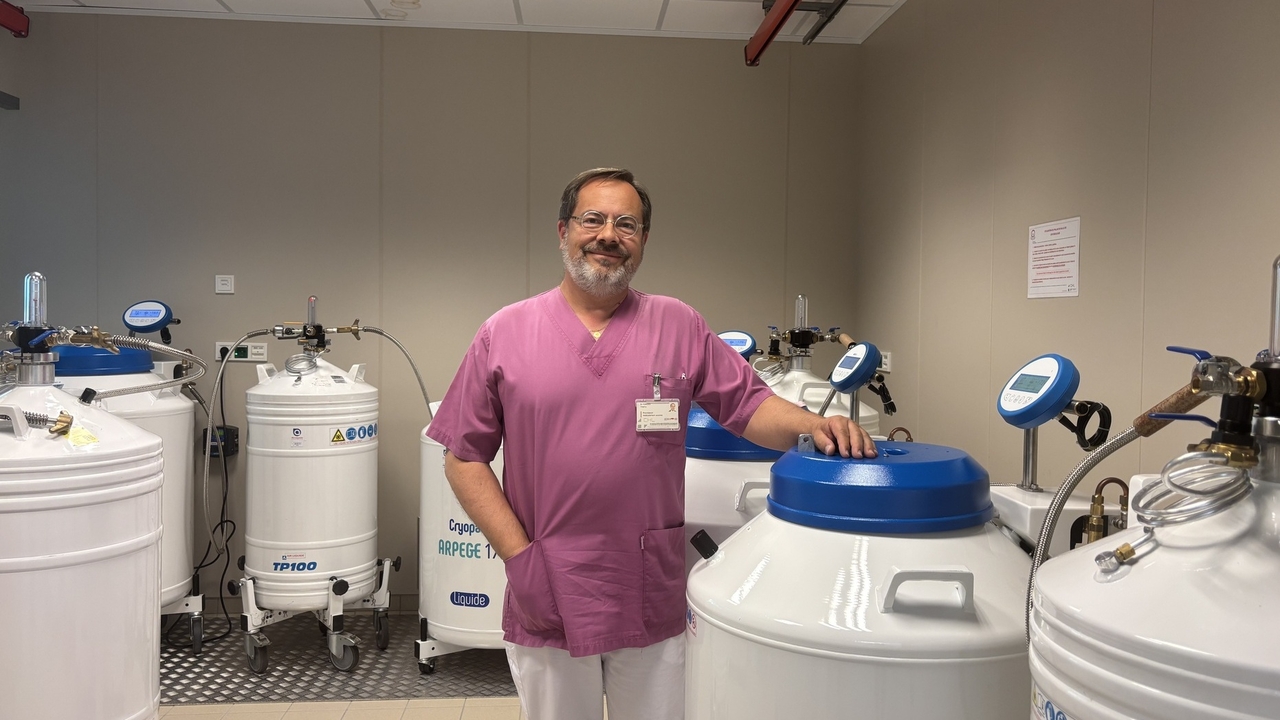The discovery of health issues among children conceived from the same sperm donor has put fertility regulations under the microscope, revealing gaps in tracking and control systems.
It’s a troubling story that has raised fears across Europe: 67 children in 11 different countries – 52 of them in Belgium – were conceived using sperm from the same Belgian donor. Alarmingly, some of these children were diagnosed with cancer at a very young age. How could this happen, and what safeguards exist to prevent such cases?
In Luxembourg, RTL’s Marlène Clement turned to the national Fertility Centre at the CHL to understand how such matters are regulated in Luxembourg.
As in Belgium, Luxembourg imposes limits on how many patients can be treated with sperm from a single donor. In Luxembourg, that limit is three patients per donor; in Belgium, it’s six. But in the case of the Belgian donor, that rule was clearly not respected, says Dr. Thierry Forges of the CHL Fertility Center. And there lies the problem: enforcing such limits is extremely difficult.
The most effective way to control this would be through a national registry. If every sperm donor and each insemination were recorded, authorities could easily track how often a donor’s sperm is used and ensure the limits are respected. Such a registry would provide a centralised overview at the national level.
Luxembourg does not operate its own sperm bank. Instead, clinics rely heavily on foreign banks, primarily based in Denmark.
There’s a reason for this setup: Luxembourg’s small size makes local sperm donation problematic from a genetic standpoint. To mitigate risks, donors (typically recruited from student populations abroad) undergo extensive screening before being approved. They are tested for a wide range of infectious diseases and common genetic conditions, including cystic fibrosis, hemoglobin anomalies, and neurodegenerative disorders. Despite rigorous testing, a small residual risk always remains, as not all conditions can be screened for in advance.
In the specific case of the Belgian donor, no clinical abnormalities were detected at the time the sperm was provided.
At the CHL Fertility Center, about 480 inseminations and 670 in-vitro fertilisation (IVF) procedures were carried out last year. Donor sperm was used in roughly one-third of the inseminations.
Now in its 20th year, the national Fertility Center has seen more than 2,500 children born through IVF performed on site.
